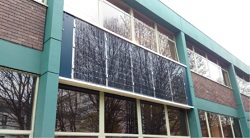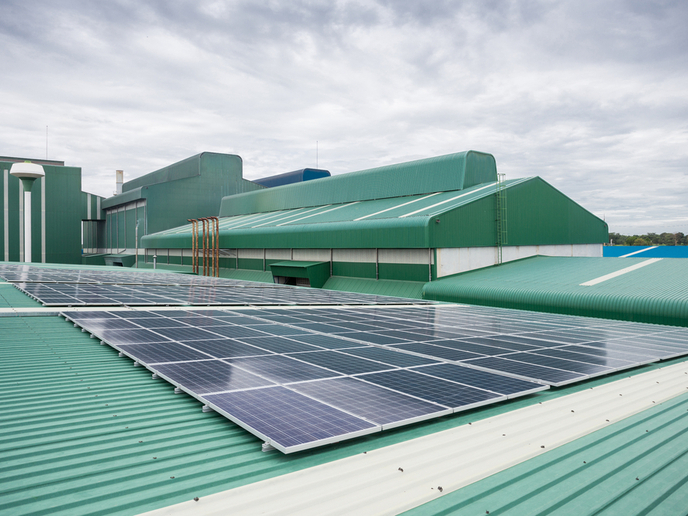It’s time for Europe’s public buildings to go green
Buildings in Europe are responsible for more than 40 % of total energy consumption and produce a third of the continent’s CO2 emissions. Almost half of European buildings were built before 1960 and 90 % were built before 1990, which means that their energy efficiency falls far short of modern standards. The EU-funded project RESSEEPE(opens in new window) (Retrofitting solutions and services for the enhancement of energy efficiency in public edification) developed solutions to address the energy shortcomings in older buildings. ‘We aimed to improve the retrofit potential of European public buildings by advancing, adapting, demonstrating and assessing several innovative retrofit technologies,’ says project coordinator Giulia Barbano. The project’s mandate was particularly challenging since it had to consider the different disciplines, solutions and stakeholders. From insulation improvements and advanced control systems to efficient lighting and solar technology, the project examined different solutions that could make public buildings significantly more energy efficient. In parallel, it considered end users’ needs, which increases the likelihood of accepting and embracing renovation efforts. High-tech retrofitting energy technologies To achieve its aims, the RESSEEPE team developed several state-of-the-art active and passive retrofit technologies. ‘Most of these technologies were developed into full prototypes and were installed in two demo buildings - the Terrassa Hospital near Barcelona, Spain, and the John Laing building of Coventry University in the UK,’ explains Barbano. ‘We also worked on three other demo buildings in Spain, Sweden and the UK which were retrofitted with currently available technologies.’ Cutting-edge technologies developed during the project include aerogel-based insulating mortar, encapsulated vacuum insulation panels (VIPs), electrochromic solar-powered windows, and a ventilated facade which includes VIPs, photovoltaic panels and a supercapacitor. ‘We also developed a new solar flat plate collector, as well as phase change materials energy storage for passive cooling,’ adds Barbano. A crucial part of the project involved assessing the performance of the demo sites before and after the retrofit. This involved the development of monitoring dashboards for each site, several simulations and necessary software solutions for decision support. ‘The demo programme showed a potential reduction in energy savings and greenhouse gas emissions of up to 70 %, i.e. 2 000 tons CO2/year.’ Evaluation results have also revealed significant positive social impact in the schools and hospitals under the project, which was validated through user engagement. A new toolbox to help retrofit buildings Invaluable research and recommendations on retrofitting public buildings have emerged from the project. ‘The main project outcome is the retrofitting toolbox which includes several solutions that target this market,’ reveals Barbano. The toolbox comprises 13 solutions – most of which are market ready – involving software and monitoring technology, as well as specific passive and active building-level interventions. Industry stakeholders will also benefit from several other solutions that are very promising yet require more research and development. Depending on the technology mix, the toolbox solutions can help buildings achieve an expected return on investment of up to 6 years and a reduction of building energy requirements on average of 56 %. This can translate into savings in the annual energy bill of up to EUR 26 per square metre, which could amount to over EUR 25 million per year in a large public building. Lastly, it is worth noting that the retrofitting industry could potentially create between 160 000 and 280 000 new jobs by 2020.







